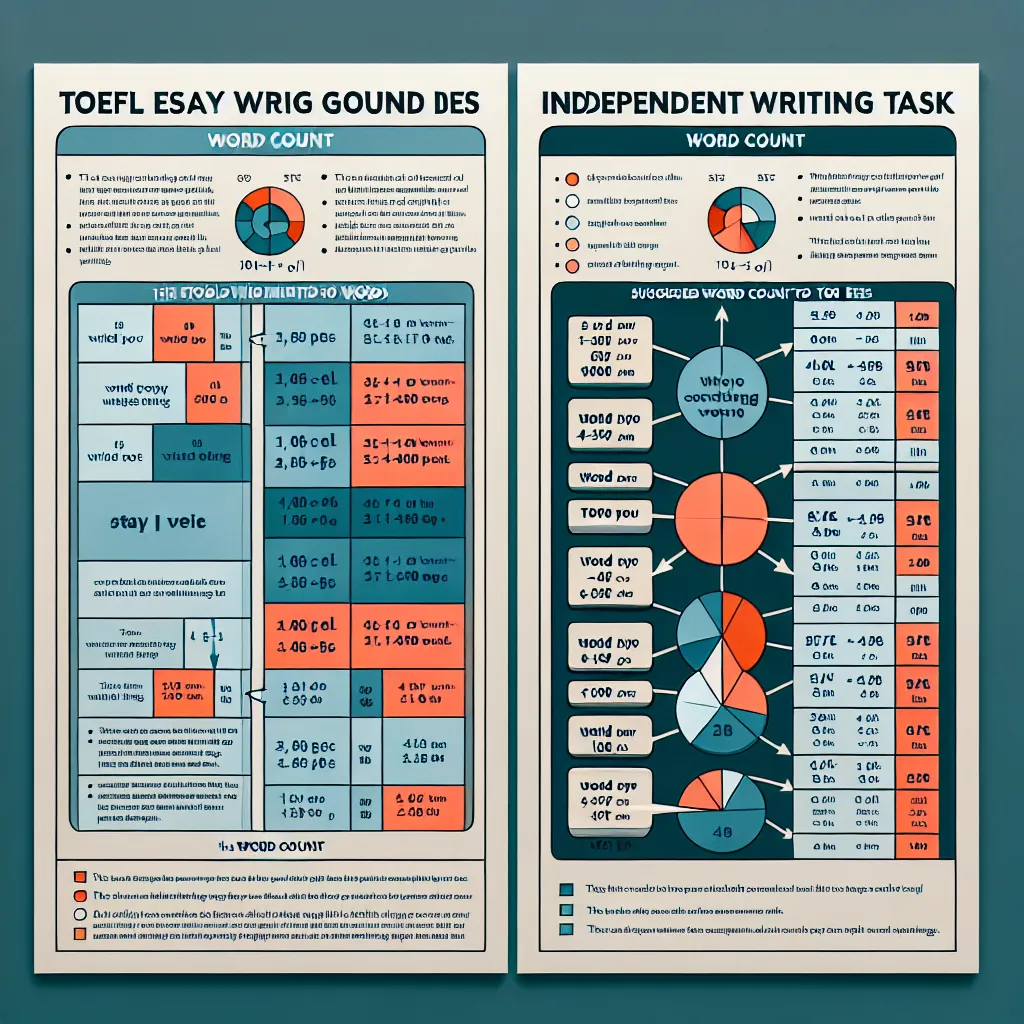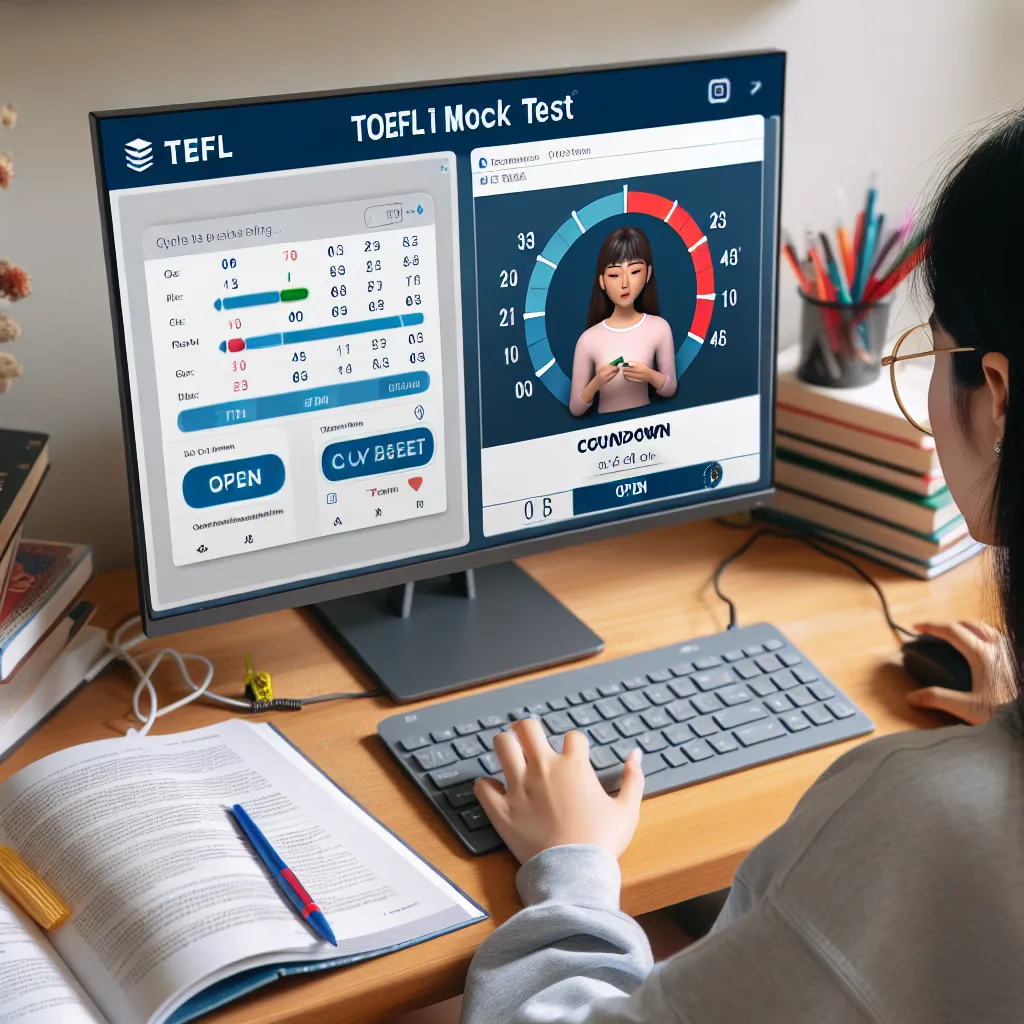Are you preparing for the TOEFL exam and feeling unsure about tackling the Writing Task 1 bar chart questions? You’re not alone. Many test-takers find this particular task challenging, but with the right approach and practice, you can master it. In this comprehensive guide, we’ll walk you through the steps to effectively answer TOEFL Writing Task 1 bar chart questions and boost your score.
Understanding TOEFL Writing Task 1 Bar Chart Questions
Before diving into the strategies, it’s crucial to understand what TOEFL Writing Task 1 bar chart questions entail. This task requires you to describe and analyze information presented in a bar chart. You’ll need to summarize the main features, compare data, and identify trends or patterns within a limited time frame of 20 minutes.
 TOEFL Writing Task 1 Bar Chart Example
TOEFL Writing Task 1 Bar Chart Example
Key Steps to Answer Bar Chart Questions
1. Analyze the Chart Carefully
When you first encounter the bar chart, take a moment to:
- Read the title and axis labels
- Identify the units of measurement
- Note the time period (if applicable)
- Observe the overall trend or pattern
This initial analysis will help you understand the data and organize your thoughts before writing.
2. Plan Your Response
Spend 2-3 minutes outlining your response. A well-structured answer typically includes:
- An introduction summarizing the main features of the chart
- 2-3 body paragraphs discussing specific data points and trends
- A conclusion summarizing the key information
3. Write a Strong Introduction
Your introduction should:
- Paraphrase the question
- Provide an overview of the chart’s main features
- Mention any significant trends or comparisons
Example: “The bar chart illustrates the annual sales figures for four different types of vehicles in Country X from 2010 to 2020. Overall, it is evident that while sales of electric cars saw a significant increase, traditional gasoline-powered vehicles experienced a decline over the decade.”
4. Describe the Data in Detail
In your body paragraphs:
- Group similar data or trends together
- Use specific figures to support your observations
- Compare and contrast different categories
- Highlight significant changes or patterns
Example: “Sales of electric cars showed the most dramatic change, rising from just 5,000 units in 2010 to 50,000 units by 2020, a tenfold increase. In contrast, gasoline-powered car sales declined steadily, dropping from 100,000 units to 60,000 units over the same period.”
5. Use Appropriate Language and Transitions
Incorporate a variety of vocabulary and sentence structures to describe the data:
- Verbs: increase, decrease, rise, fall, fluctuate
- Adjectives: significant, slight, dramatic, steady
- Adverbs: sharply, gradually, consistently
- Comparatives: higher than, lower than, more than, less than
Use transition words to connect ideas and ensure smooth flow:
- However, in contrast, on the other hand
- Similarly, likewise, in the same way
- As a result, consequently, therefore
6. Conclude Your Response
Your conclusion should:
- Summarize the main trends or patterns
- Avoid introducing new information
- Restate the most significant features of the chart
Example: “In conclusion, the bar chart clearly demonstrates a shift in consumer preferences towards electric vehicles over the past decade, while traditional gasoline-powered cars have seen a decline in popularity.”
Common Pitfalls to Avoid
- Don’t simply list all the numbers without analysis
- Avoid personal opinions or speculations not supported by the data
- Don’t spend too much time on minor details; focus on significant trends
- Ensure your writing is coherent and well-organized
Practice Makes Perfect
To improve your performance on TOEFL Writing Task 1 bar chart questions:
- Practice with various types of bar charts regularly
- Time yourself to get used to the 20-minute limit
- Review sample high-scoring responses to understand what examiners look for
- Ask for feedback from teachers or study partners
 TOEFL Writing Practice Session
TOEFL Writing Practice Session
Next Steps
Now that you have a solid understanding of how to approach TOEFL Writing Task 1 bar chart questions, it’s time to put your knowledge into practice. Start by finding sample bar charts online or in TOEFL preparation books. Set a timer for 20 minutes and write your response. Then, compare your answer to sample high-scoring responses or ask for feedback from a tutor or study group.
Remember, mastering this task takes time and consistent practice. Keep refining your skills, and you’ll see improvement in your ability to analyze and describe bar charts effectively. Good luck with your TOEFL preparation!
[internal_links]




